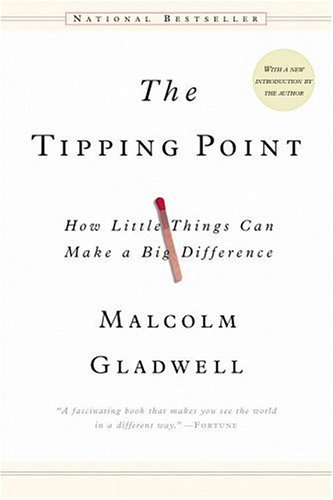OptIn Monster
Monday, January 16th, 2017 | Tech

Earlier this month, I trialled OptIn Monster. It is a set of lead generation tools designed to help you convert visitors into return users. I have been using it on my personal blog, as well as the Leeds Restaurant Guide.
For my blog, I used their footer bar. As you scrolled down the page, a bar would appear to ask you if you wanted to get the blog posts in a weekly email. I like this because it is a not intrusive way to offer some extra value to visitors. It does not stop you reading but lets you know my newsletter is there. The problem was that when the bar loaded in, it changed the font of my titles.
By the way, if you did want to sign up for that newsletter, it is still available: you can find it at the bottom of each blog post page.
With the guide, I used exit intent offers. These are dialogues that appear just as the visitor is about to close their browser tab. In this case, I offered them the first three chapters of the guide for free. Again, that is still available on the guide’s website. In this case, I couldn’t seem to get the offer to trigger.
The toolset itself is a great idea, but the implementation is not perfect yet.

Earlier this month, I trialled OptIn Monster. It is a set of lead generation tools designed to help you convert visitors into return users. I have been using it on my personal blog, as well as the Leeds Restaurant Guide.
For my blog, I used their footer bar. As you scrolled down the page, a bar would appear to ask you if you wanted to get the blog posts in a weekly email. I like this because it is a not intrusive way to offer some extra value to visitors. It does not stop you reading but lets you know my newsletter is there. The problem was that when the bar loaded in, it changed the font of my titles.
By the way, if you did want to sign up for that newsletter, it is still available: you can find it at the bottom of each blog post page.
With the guide, I used exit intent offers. These are dialogues that appear just as the visitor is about to close their browser tab. In this case, I offered them the first three chapters of the guide for free. Again, that is still available on the guide’s website. In this case, I couldn’t seem to get the offer to trigger.
The toolset itself is a great idea, but the implementation is not perfect yet.


